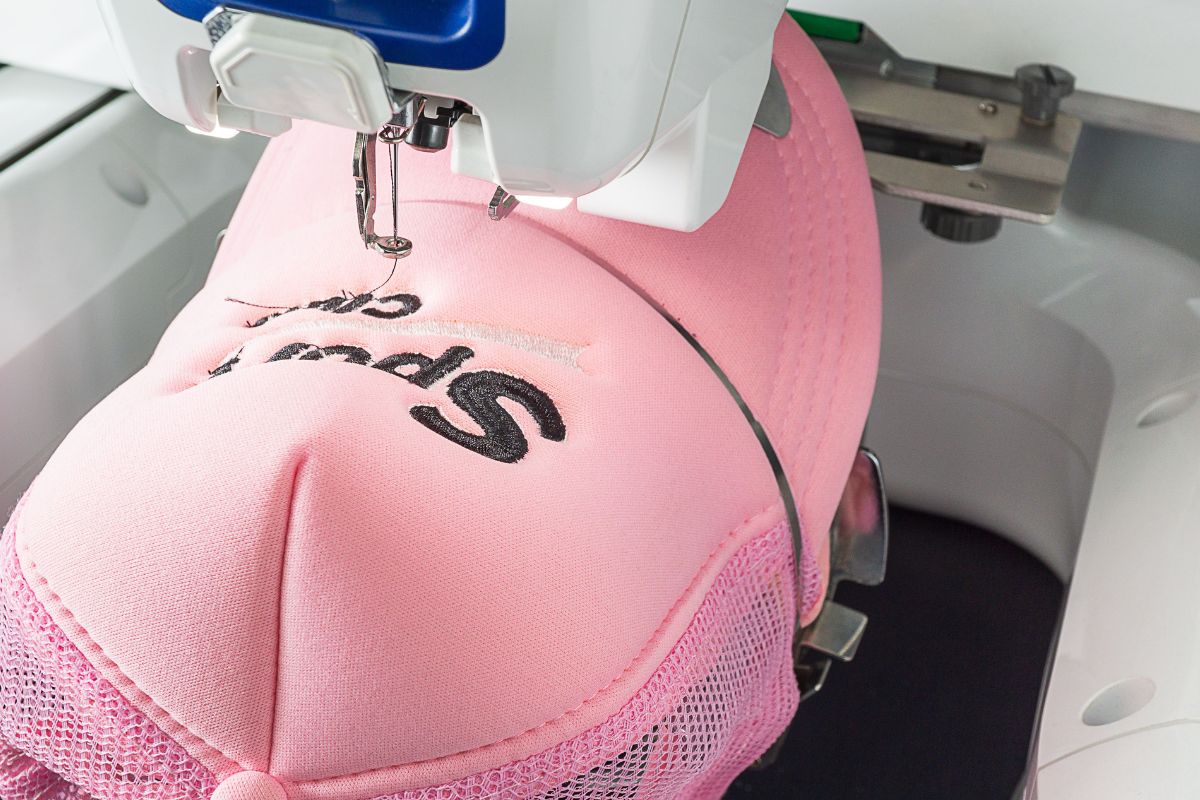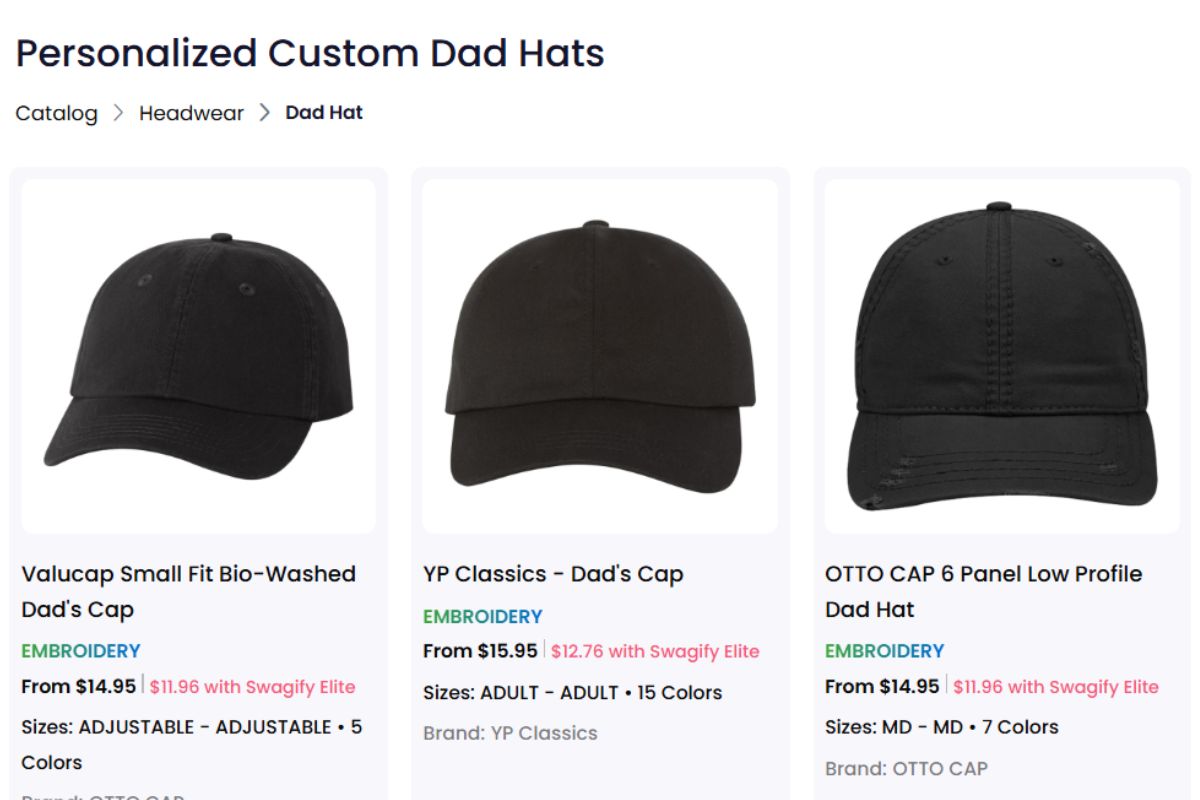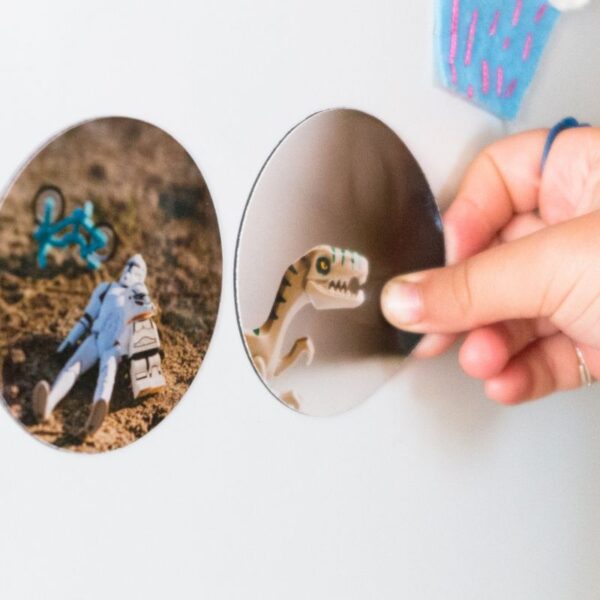Starting your own hat business can be an exciting journey. With the growing interest in personalized fashion, there’s room for unique brands to make their mark.
To start a successful hat company, you need to research the market, choose the right business model, and build a memorable brand presence.
Creating a distinct brand is crucial in helping you stand out in a crowded market. Focus on developing a catchy name and an eye-catching logo that resonates with your target audience.
Table of contents
- Understanding the Hat Industry
- Developing Your Business Plan
- Creating Your Hat Business Identity
- Legal Aspects of Running a Hat Company
- Crafting Your Product Line
- Setting Up Your Online Presence
- Marketing Your Hat Company
- Operations and Management
- Pricing and Sales Strategies
- Frequently Asked Questions
- What are the initial steps to establish a hat business from scratch?
- Can you start a lucrative hat business from home and how?
- What are the financial requirements for starting a hat business?
- What are the most popular types of hats in the current market?
- What strategies can one employ to start a hat business with minimal investment?
- How can you set up an online store for selling hats?
Identifying your niche will guide your design choices and marketing strategies, ensuring you connect with potential customers.
As you embark on this venture, keep in mind the importance of planning.
Each step, from managing production to establishing an online store, contributes to your business’s success. With careful attention to these details, you can turn your passion for hats into a thriving business.
Understanding the Hat Industry
The hat industry is exciting and full of opportunities. Key factors to consider include current market trends and the competitive landscape. Understanding where your brand fits in will help you build a strong foundation.
Market Trends and Demand
As a potential hat entrepreneur, staying aware of market trends is crucial. The global headwear market is expected to grow, reaching $32.5 billion by 2025. This growth indicates strong demand for hats across various demographics.
Current trends highlight a focus on sustainability and customization. Many consumers prefer eco-friendly materials and personalized designs.
Market research will help you identify which styles are currently popular. Styles such as baseball caps, bucket hats, and wide-brim hats are leading sales.
Additionally, consider your target audience. Are you appealing to fashion-forward individuals, athletes, or outdoor enthusiasts? Understanding the preferences of your chosen group will guide your design and marketing strategies.
Competition and Niche Selection
In the hat industry, competition is fierce. Identifying a specific niche can help you stand out. Research your competitors to see what they offer and where their gaps are.
Your niche could focus on trendy fashion, sportswear, or even custom hat designs. For example, you could create a brand focused on vintage-inspired hats or specialized hats for outdoor activities.
Creating a unique brand identity is vital. Differentiate your products by emphasizing quality craftsmanship or a specific style. A strong brand presence will attract loyal customers and establish trust.
Invest time in branding to ensure it resonates with your target market.
Developing Your Business Plan
| Step | Action | Details |
|---|---|---|
| 1. Market Research | Identify target audience | Determine trends, customer preferences, and competition. |
| 2. Define Your Niche | Choose hat styles | Decide between casual, luxury, streetwear, sports, or custom hats. |
| 3. Business Plan | Outline strategy | Define goals, budget, marketing plan, and revenue model. |
| 4. Brand Identity | Create name & logo | Choose a unique name, design a memorable logo, and develop branding. |
| 5. Legal Setup | Register business | Get a business license, trademark, and necessary permits. |
| 6. Product Design | Create unique hat designs | Use software like Adobe Illustrator or Canva to design hats. |
| 7. Find a Manufacturer | Select production method | Choose between private label, wholesale, or custom manufacturing. |
| 8. Source Materials | Get quality fabric & accessories | Find reliable suppliers for high-quality materials. |
| 9. Set Pricing | Determine cost & profit margin | Consider production cost, shipping, and market competition. |
| 10. Build an Online Store | Create website & listings | Use Shopify, WooCommerce, or Etsy to sell hats online. |
| 11. Social Media Marketing | Promote your brand | Use Instagram, TikTok, and Facebook for branding & ads. |
| 12. Influencer & Affiliate Marketing | Collaborate with influencers | Partner with fashion influencers to boost brand awareness. |
| 13. Inventory & Fulfillment | Manage storage & shipping | Decide between self-fulfillment, dropshipping, or third-party logistics. |
| 14. Launch & Scale | Start selling & optimize | Run promotions, collect feedback, and expand based on sales data. |
Creating a solid business plan is essential for your hat company. This plan will guide your decisions and help define your goals. You need clear objectives and a strong understanding of your financial needs to ensure success.
Setting Clear Objectives
Start by outlining your main goals. These should be specific, measurable, achievable, relevant, and time-bound (SMART). For example, aim to achieve a certain sales number within the first year.
Identify your target market. Consider demographics like age, income, and lifestyle. Understanding your audience will help you tailor your products and marketing.
Next, include details about your product offerings. What types of hats will you sell? Will you provide custom options?
Lastly, think about your competition. Analyze their strengths and weaknesses. This can help you find your unique selling proposition, which is crucial for your brand’s success.
Financial Projections and Funding
Financial projections are vital for assessing the potential profitability of your hat company. Start with a sales forecast. Estimate how many hats you expect to sell in the first few months.
Next, outline your expenses. This includes production costs, marketing, and overhead. Be thorough, as this will help you determine the funding you need.
Consider different funding sources, like personal savings, loans, or investors. Clearly state how much money you need and how it will be used.
Finally, prepare a break-even analysis. This will show when you expect to start making a profit.
Understanding these financial aspects will position you for success as you move forward.
Creating Your Hat Business Identity
Establishing a strong identity for your hat business is critical. Your brand and unique value will set you apart in a competitive market. Focus on creating a memorable brand and clearly defining what makes your hats special.
Designing Your Brand and Logo
Your brand is more than just a name; it represents who you are in the marketplace. Start by brainstorming a catchy brand name that resonates with your target audience. Think about the message or emotion you want your brand to convey.
Next, design a logo that reflects your brand’s personality. Consider using bold colors and simple shapes that are easy to recognize.
It’s helpful to create a style guide to ensure consistency across all marketing materials. Use this guide for your website, social media, and packaging.
Defining Your Unique Value Proposition
Your unique value proposition (UVP) is what makes your hats different from others. It answers the question: why should customers choose your brand over competitors?
Identify the key features of your hats. Do you use sustainable materials? Offer unique designs? Emphasize these points in your marketing.
Understand your target audience’s needs and tailor your message accordingly.
Your UVP should be clear and concise, ideally one sentence that captures the essence of your brand. Using bullet points can help highlight features or benefits that stand out to potential customers.
This clarity will strengthen your brand identity and attract loyal buyers.
Legal Aspects of Running a Hat Company
| Legal Requirement | Description | Key Considerations |
|---|---|---|
| Business Registration | Register your company as an LLC, Sole Proprietorship, or Corporation. | Choose the best business structure based on liability and taxation. |
| Trademark & Branding | Protect your brand name, logo, and designs. | File for trademarks with the USPTO (if in the U.S.) to prevent brand infringement. |
| Licenses & Permits | Obtain necessary permits to operate legally. | Depending on your location, you may need a business license, sales tax permit, or resale certificate. |
| Intellectual Property Rights | Protect original hat designs and patterns. | Consider copyright protection for unique designs and patents for innovative hat structures. |
| Tax Compliance | Register for tax identification numbers and comply with tax laws. | Obtain an EIN (Employer Identification Number) and collect sales tax if required. |
| Manufacturing & Supply Agreements | Secure legal contracts with manufacturers and suppliers. | Ensure agreements include quality control, payment terms, and delivery timelines. |
| Consumer Protection & Product Liability | Ensure hats meet safety standards and consumer protection laws. | Consider liability insurance in case of product-related claims or defects. |
| E-Commerce & Data Protection Laws | Comply with online business regulations (if selling online). | Follow privacy laws (GDPR, CCPA), terms of service, and return policies. |
| Employment Laws | Follow labor laws if hiring employees. | Ensure compliance with wage laws, benefits, and workplace policies. |
Starting your hat company involves understanding the legal requirements. You must obtain the correct licenses and permits. Additionally, choosing the right business structure is crucial for your operations and tax obligations.
Business Licensing and Permits
Before launching your hat company, you need to obtain a business license. This license allows you to operate legally in your area. The exact requirements may vary by state or city, so check local regulations.
You may also need specific permits related to manufacturing and selling goods. For example, if you plan to sell online, you might need a seller’s permit.
To streamline the process, consider the following steps:
- Research local business requirements.
- Apply for your business license.
- Obtain any necessary permits.
Make sure to stay compliant. Renew licenses and permits as required to avoid fines.
Choosing a Suitable Business Structure
Selecting the right business structure is vital for your hat company. Common options include sole proprietorship, partnership, LLC, and corporation. Each has advantages and disadvantages.
A sole proprietorship is the easiest to set up. You have full control, but you’re also personally liable for debts. An LLC protects your personal assets and offers tax benefits.
Consider these points when choosing:
- Liability: How much personal risk are you willing to take?
- Taxes: Different structures have varying tax implications.
- Future goals: Consider how easy it will be to grow or sell your business.
Research each option thoroughly to make an informed decision.
Crafting Your Product Line

Creating your product line involves carefully choosing the types of hats you want to offer and determining how to make them unique. This process helps in appealing to your target audience while ensuring quality and creativity.
Selecting Types of Hats and Materials
When selecting types of hats, consider popular styles like baseball caps, trucker hats, dad hats, snapback hats, beanies, bucket hats, sun hats, visors, and vintage-inspired hats. Each style has its audience and purpose.
Materials are critical. Look for quality options such as cotton, polyester, and wool. These materials not only affect comfort but also durability. You may also explore sustainable materials for eco-friendly options.
Think about unique designs and custom hats. This helps your brand stand out. Use color, patterns, and even custom printing techniques. Engaging your audience with special editions can create excitement.
Detailing Production and Customization Methods
Your production methods must align with your brand values. First, decide whether to manufacture in-house or outsource. Each choice will affect costs, quality, and control over production.
Customization options like screen printing, embroidery, and heat transfer can set your hats apart. Screen printing is great for bold designs. Embroidery adds texture and a premium feel. Heat transfer is perfect for detailed images.
Additionally, test different prototyping methods. Start with samples to ensure quality. Gather feedback before final production to make changes as necessary.
This step can help avoid costly mistakes later and ensure customer satisfaction.
Setting Up Your Online Presence
| Step | Action | Details |
|---|---|---|
| 1. Choose a Business Name & Domain | Secure a unique brand name and website domain. | Use domain registrars like GoDaddy or Namecheap to check availability. |
| 2. Build a Professional Website | Create an e-commerce store. | Use Shopify, WooCommerce, or Wix to showcase and sell your hats. |
| 3. Design a Logo & Branding | Develop a strong brand identity. | Use Canva, Adobe Illustrator, or hire a designer for a professional look. |
| 4. Set Up Social Media Profiles | Establish presence on Instagram, TikTok, Facebook, and Pinterest. | Optimize profiles with engaging bios, brand colors, and product showcases. |
| 5. Product Photography | Showcase hats with high-quality images. | Use lifestyle and studio shots to attract customers. |
| 6. Write Engaging Product Descriptions | Create detailed and SEO-friendly descriptions. | Highlight materials, fit, and benefits to attract buyers. |
| 7. Implement SEO Strategies | Optimize your website for search engines. | Use keyword research, meta descriptions, and blog content for better visibility. |
| 8. Set Up an Email Marketing System | Collect and engage customers through email campaigns. | Use tools like Mailchimp, Klaviyo, or ConvertKit for newsletters and promotions. |
| 9. Run Paid Advertising | Use Google Ads, Facebook Ads, and Instagram Ads to drive traffic. | Set a budget, target the right audience, and track performance. |
| 10. Engage with Influencers & Affiliates | Collaborate with fashion influencers for brand promotion. | Offer commissions or free hats for influencers to showcase your brand. |
| 11. Enable Customer Reviews & Testimonials | Build trust with authentic customer feedback. | Display reviews on your website and social media. |
| 12. Launch & Track Analytics | Monitor website traffic and sales. | Use Google Analytics and Facebook Pixel to track customer behavior and improve marketing. |
Creating a strong online presence is vital for your hat company. You need a platform to sell your hats and a website that reflects your brand. This section will cover how to choose the right e-commerce platform and build an effective brand website.
Creating an E-commerce Platform
Choose an e-commerce platform that suits your needs. Popular options include Shopify, Etsy, and WooCommerce. These platforms make it easy to set up your store without needing technical skills.
- Shopify: Great for beginners, it offers templates and payment solutions.
- Etsy: Perfect for handmade or unique products, it connects you with a niche audience.
- WooCommerce: If you already have a WordPress site, this plugin provides full control and customization.
Make sure the platform supports print-on-demand services if you don’t want to hold inventory. This allows you to focus on design without worrying about storing products.
Building an Effective Brand Website
Your website serves as a digital storefront. Focus on a clean and user-friendly design. Use high-quality images of your hats to attract visitors.
Include important sections such as:
- About: Tell your brand story to connect with customers.
- Shop: Make it easy to browse and buy your products.
- Contact: Provide a way for customers to reach you.
Ensure your website is mobile-friendly since many shoppers use their phones. Optimize for search engines too, so your site is easy to find.
This combination of features will help establish your brand and drive sales.
Marketing Your Hat Company
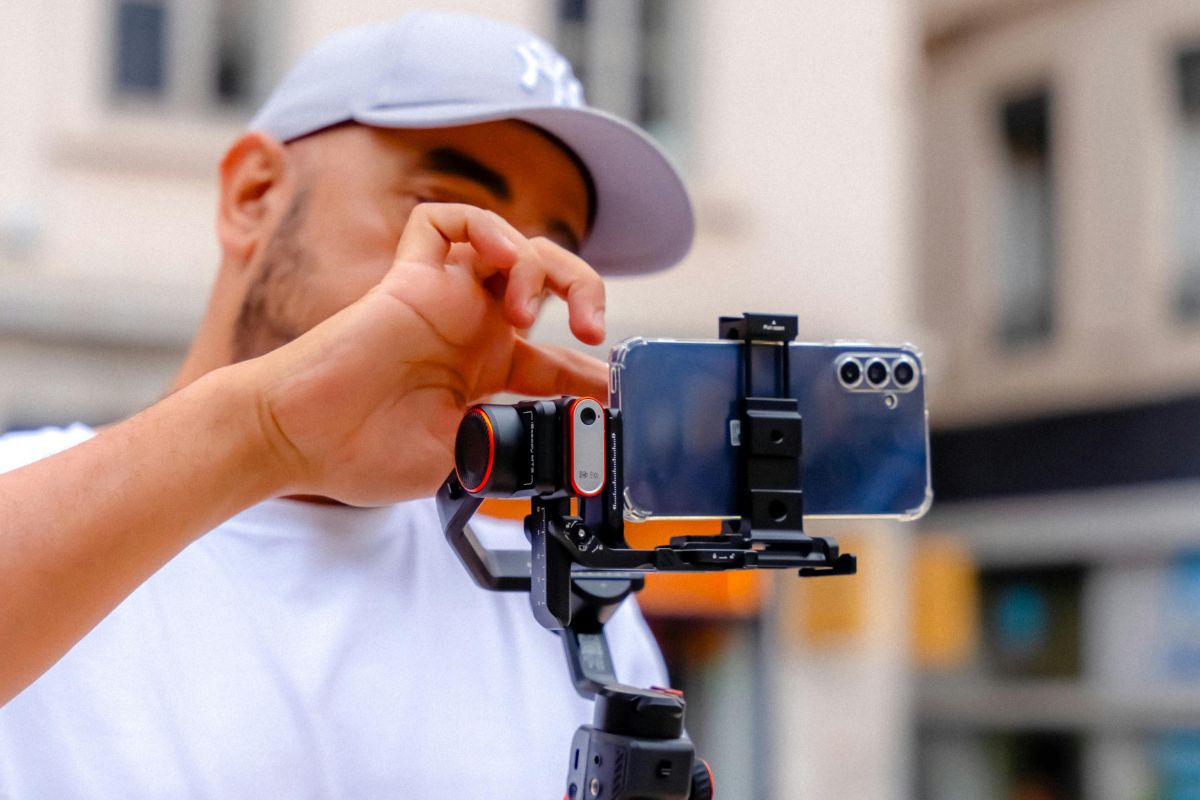
Effective marketing is essential for growing your hat company. It requires a clear strategy and the right tools to reach your target customers. Focus on building an online presence and utilizing various marketing channels.
Developing a Robust Marketing Strategy
Begin by defining your target customers. Understand their preferences and what drives their purchasing decisions. You can gather this information through surveys or market research.
Next, create a marketing strategy that outlines your goals.
Consider different marketing channels such as email campaigns, influencer partnerships, and online ads. Ensure your plan includes budgeting for marketing expenses.
Aim to allocate a specific percentage of your expected revenue for marketing efforts.
To track progress, set measurable objectives. This way, you can adjust your strategy based on performance data. Regularly review and adapt your marketing approach as needed.
Harnessing Social Media and Digital Marketing
Social media is a powerful tool for your hat company. Choose platforms like Instagram, Facebook, and TikTok to reach a wider audience.
Create engaging content that showcases your hats and connects with customers.
Consider social media marketing campaigns to increase visibility. Use paid ads to target specific demographics based on interests and location.
Collaborate with influencers to tap into their followers for more exposure.
Develop a content calendar to maintain a consistent posting schedule. Share customer photos, behind-the-scenes clips, and style tips. This builds community and encourages brand loyalty.
In addition to social media, invest in digital marketing strategies like SEO for your website. This helps potential customers find your brand when searching for hats online.
Operations and Management
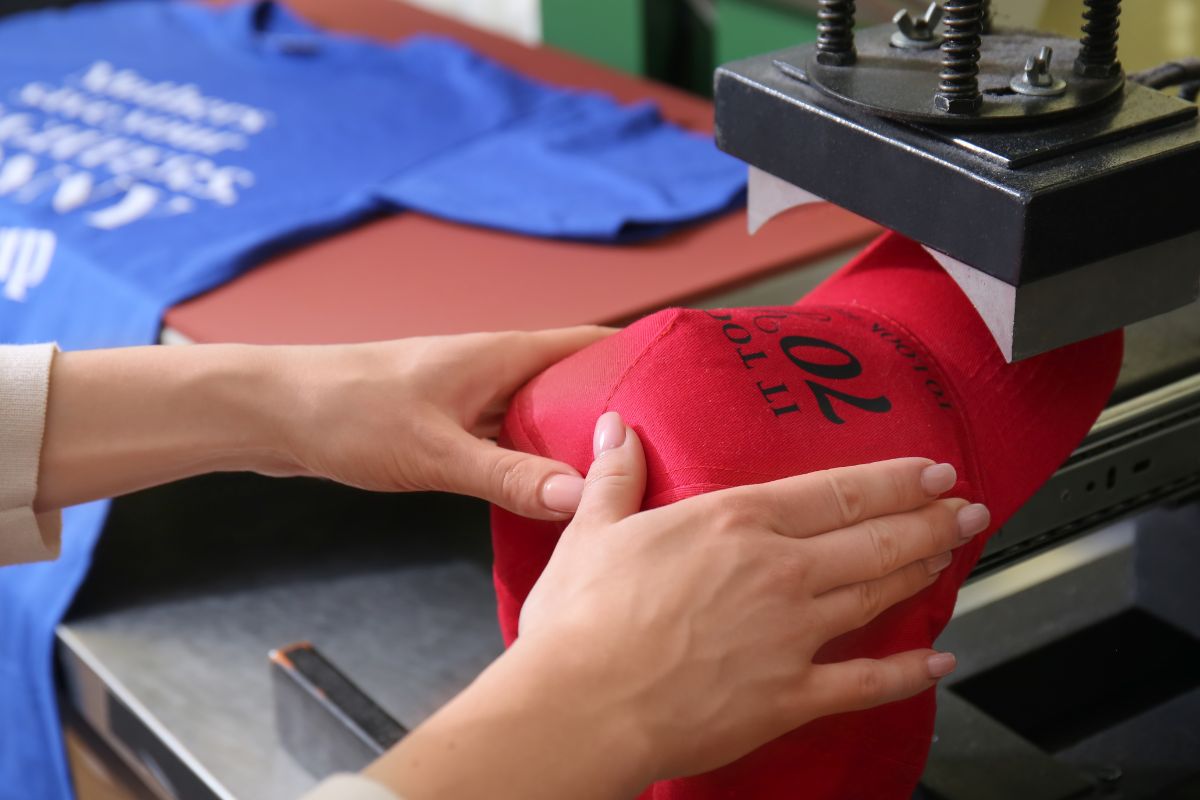
Effective operations and management are crucial for the success of your hat company. You must handle inventory wisely and keep a close eye on your financials to ensure profitability and sustainability.
Managing Inventory and Fulfillment
Managing your inventory is vital. You need to maintain the right balance to meet demand without overstocking.
Start by assessing your production costs and forecast sales trends.
Consider using dropshipping to reduce inventory costs. This model allows you to fulfill orders without holding large amounts of stock.
Choose reliable suppliers to ensure quality and timely delivery.
Implement an inventory management system to track your stock levels. Use a simple table to categorize items by style, size, and quantity.
Regularly review your inventory to identify slow-moving products and adjust your strategy accordingly.
Overseeing Financial Management
Keeping your finances in check is essential for profit. Track your expenses carefully, including materials, labor, and shipping costs.
Knowing these figures helps in calculating your profit margin and setting appropriate pricing.
Create a budget that outlines your expected costs and income. This will help you identify any financial shortfalls early.
Consider using accounting software to simplify tracking.
Regularly review your profits and adjust your strategies if necessary. If a product isn’t meeting your financial goals, reevaluate its pricing or production costs.
Keeping your financial health in mind will guide your future decisions and help your business grow.
Pricing and Sales Strategies
| Strategy Type | Description | Price Range (USD) | Key Considerations |
|---|---|---|---|
| Cost-Based Pricing | Price hats based on production costs plus a profit margin. | $20 – $50 | Calculate material, manufacturing, shipping, and marketing costs before setting a price. |
| Competitive Pricing | Set prices based on competitor analysis. | $25 – $60 | Research similar hat brands and position pricing accordingly. |
| Value-Based Pricing | Price hats based on perceived value and exclusivity. | $50 – $150 | Emphasize premium materials, craftsmanship, or brand uniqueness. |
| Bundle Pricing | Offer multiple hats at a discounted rate. | $40 – $100 (for 2–3 hats) | Encourages bulk purchases and increases average order value. |
| Tiered Pricing | Create multiple price points for different hat styles. | $20 (basic), $50 (premium), $100+ (luxury) | Offer basic, premium, and luxury versions to target different customer segments. |
| Limited-Time Discounts | Run flash sales and seasonal discounts to boost sales. | 10% – 30% off | Creates urgency and attracts price-sensitive buyers. |
| Subscription Model | Offer a monthly or quarterly hat subscription box. | $30 – $80 per month | Provides recurring revenue and strengthens customer loyalty. |
| Wholesale Pricing | Sell hats in bulk at a lower cost per unit. | $10 – $30 per unit (min. order 50+) | Target retailers, boutiques, and online resellers. |
| Upselling & Cross-Selling | Suggest complementary products like hat care kits or accessories. | +$5 – $20 per add-on | Increases order value and enhances customer experience. |
| Influencer & Affiliate Marketing | Collaborate with influencers and affiliates to drive sales. | 10% – 20% commission | Offer commission-based partnerships to expand reach. |
| Loyalty & Referral Programs | Reward returning customers with discounts or free products. | $5 – $20 off next purchase | Encourages repeat purchases and word-of-mouth marketing. |
| Pre-Orders & Limited Editions | Sell exclusive hats through pre-orders or limited stock drops. | $60 – $200 | Creates hype and demand before production. |
Setting the right prices and sales strategies is crucial for your hat company. A well-thought-out pricing model can help you maximize profits while attracting customers. It’s important to balance cost and value to ensure your business thrives.
Developing a Pricing Model
To develop your pricing model, start by understanding your costs. Calculate the total expenses involved in producing each hat, including materials, labor, and shipping. For example:
- Materials: $5
- Labor: $5
- Transportation: $3
This totals $13. If you want a profit margin of 50%, your retail price should be around $26.
Next, explore different pricing strategies. You could start with price skimming, setting a higher price at launch to recoup initial costs.
As competition grows, gradually lower your prices to reach a wider audience. Alternatively, you can use penetration pricing by offering lower initial prices to attract customers quickly.
Maximizing Sales and Revenue
To maximize sales, focus on your target market. Conduct surveys or studies to determine what customers want and their price sensitivity.
Use this information to adjust your prices or enhance your marketing strategies.
Leverage promotional methods. Use social media campaigns to highlight special offers or limited-time discounts.
Consider bundling items, such as offering a discount for buying multiple hats.
Lastly, keep track of your sales data. Analyze which styles sell best and at what price points.
Use this data to fine-tune your lineup and pricing, ensuring that you meet market demand while maintaining healthy profit margins.
Frequently Asked Questions
Starting a hat company involves careful planning and research. You will need to consider key areas like initial steps, business setup, finances, and product choices to create a successful brand.
What are the initial steps to establish a hat business from scratch?
Begin by researching your market and identifying a niche. Look for gaps in the current offerings that your brand can fill.
Create a solid business plan, outlining your goals, target audience, and marketing strategies.
Can you start a lucrative hat business from home and how?
Yes, you can start a hat business from home. You’ll need to set up a workspace and acquire necessary equipment.
Focus on online sales through social media and your website to reach a wider audience without significant overhead costs.
What are the financial requirements for starting a hat business?
Starting a hat business may require $25,000 to $28,000. This amount covers materials, marketing, a website, and possible inventory.
Consider your funding options, such as personal savings, loans, or crowdfunding to meet these financial needs.
What are the most popular types of hats in the current market?
Popular hats include baseball caps, beanies, and straw hats. Trends can vary by season and style preference. Keeping an eye on current fashion trends can help you choose which types to produce.
What strategies can one employ to start a hat business with minimal investment?
You can use print-on-demand services to reduce upfront costs.
Start small with limited inventory to test your designs. Online marketing through social media and influencer partnerships can also increase visibility without high expenses.
How can you set up an online store for selling hats?
To set up an online store, choose a user-friendly platform like Shopify or WooCommerce.
Upload high-quality images of your hats, write clear product descriptions, and set competitive prices.
Ensure that your site is easy to navigate for a better shopping experience.

